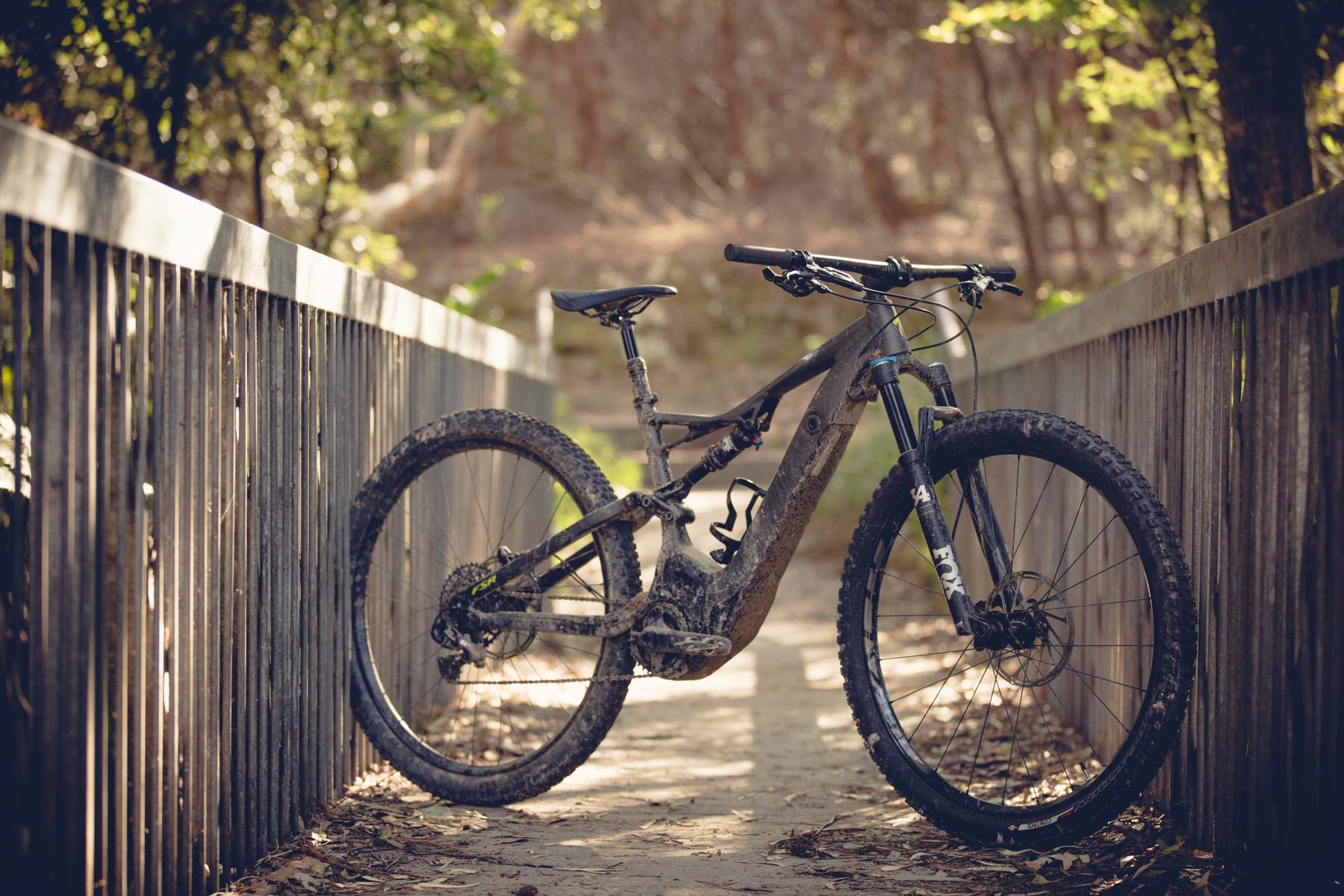
While e-mountain bikes are already a common sight across Europe, Australian trails are yet to really see much pedal-assisted traffic. We’re aware just how divisive the e-bike debate is, but overwhelmingly the opinions being slung around come from an ideological standpoint, rather than any kind of practical grounding.
And that’s exactly why we thought it was about time to get ourselves some first-hand experience, so our own opinions on the matter were more than just assertions and guesses, like most of the discourse.

Yesterday we joined a crew of Specialized dealers for ride on the Turbo Levo. Specialized aren’t the only player in the e-mountain bike game here, but there’s something about the Levo which has made it a bit of a focal point of the e-debate – perhaps it’s because e-bikes have largely been a European thing, and Specialized are the first large US brand to make a move?
Overwhelmingly the opinions being slung around come from an ideological standpoint, rather than any kind of practical grounding.

While a two-hour ride by no means makes us e-xperts (get it?!) it was certainly enough to answer some of our own questions about e-bikes and the Levo in particular. As you read on, remember that we’ve only had experience with the Levo, so we’re well aware that our experiences might not accurately translate to other brands of e-bikes too.
We want to deliver, without bias or prejudice, the answers to a few of the questions that we had prior to our first e-xperience.
Do they damage the trails more than a normal bike?
NO. Not that we could see or otherwise detect. We definitely didn’t find ourselves wheel spinning or skidding any more than a regular bike, the two things that really ruin trails. The Levo only delivers power when you pedal (you can’t just sit there and wheel spin), and it actually cuts out on delivering any assistance if you’re pedalling hard, so we didn’t find it breaking traction more than a standard bike.
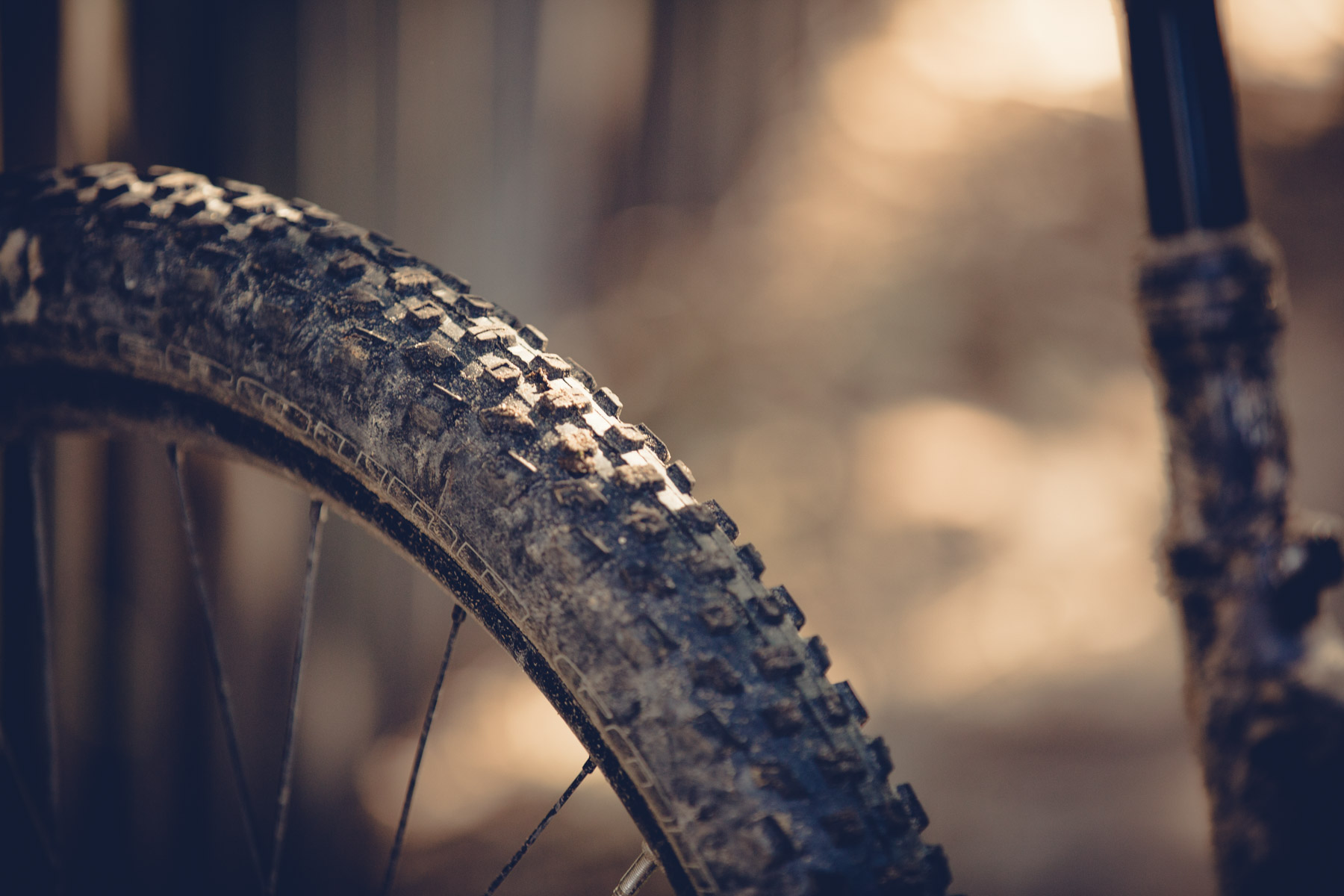
We were riding the ‘regular’ tyred version of the Levo, with 29×2.3″ rubber. We would have to imagine that if we were on the 6Fattie (Plus tyres) Levo, we’d have had more grip, which would have further reduced any skidding or wheel spinning.
The pedal assistance cuts out a 25km/h. Beyond that pace, you’re just manually pedalling a very heavy bike.
Do they present a danger to other trail users?
NO, we don’t think so, but some people may argue otherwise. As far as we could discern during our short ride, the only time you have a truly big speed differential between yourself and other trail users is on the climbs. On the descents and in the singletrack, your maximum speeds is still going to be limited by how good a rider you are, so you’re not really going to be pushing the pace beyond your usual limits.

We’re not sure about other e-bikes, but on the Levo at least, the pedal assistance cuts out a 25km/h. Beyond that speed, you’re just manually pedalling a very heavy bike, so in fact you can probably hit a higher top speed on a regular bike.
That said, your average pace IS faster, because you can get up to speed more quickly after slowing down and you don’t fatigue at the same rate as a normal bike. So possibly you could make the argument that a higher overall speed is dangerous and that you have less reaction time because of the acceleration.
Are they heavy?
YES. The Turbo Levo we rode is 22kg. That’s about 8.5kg more than an equivalent non-pedal assisted bike. When it comes to lifting or transporting the bike, it’s a lot of heft. We’d hate to be putting one on roof racks with our child-like arms.

Do they feel heavy on the trail?
YES and NO. Hopping, manualling or pre-jumping the bikes takes a lot more effort, partly because of the weight, and partly because of the long chain stays too. Because of the weight and the longer rear end, slow speed manoeuvres like ledge drops were intimidating at first – we were worried the front end would drop, but we got used to it, you just needed more body language.
You only need a tiny run-up to get up to speed and launch off a lump in the trail from an almost stand still.
On the flipside, the weight is largely hidden by the pedal assistance, and not just on the climbs. We found that the pedal assistance lets you use trail features to your advantage in ways you couldn’t on a normal bike. For example, you only need a tiny run-up to get up to speed and launch off a lump in the trail from an almost stand still.
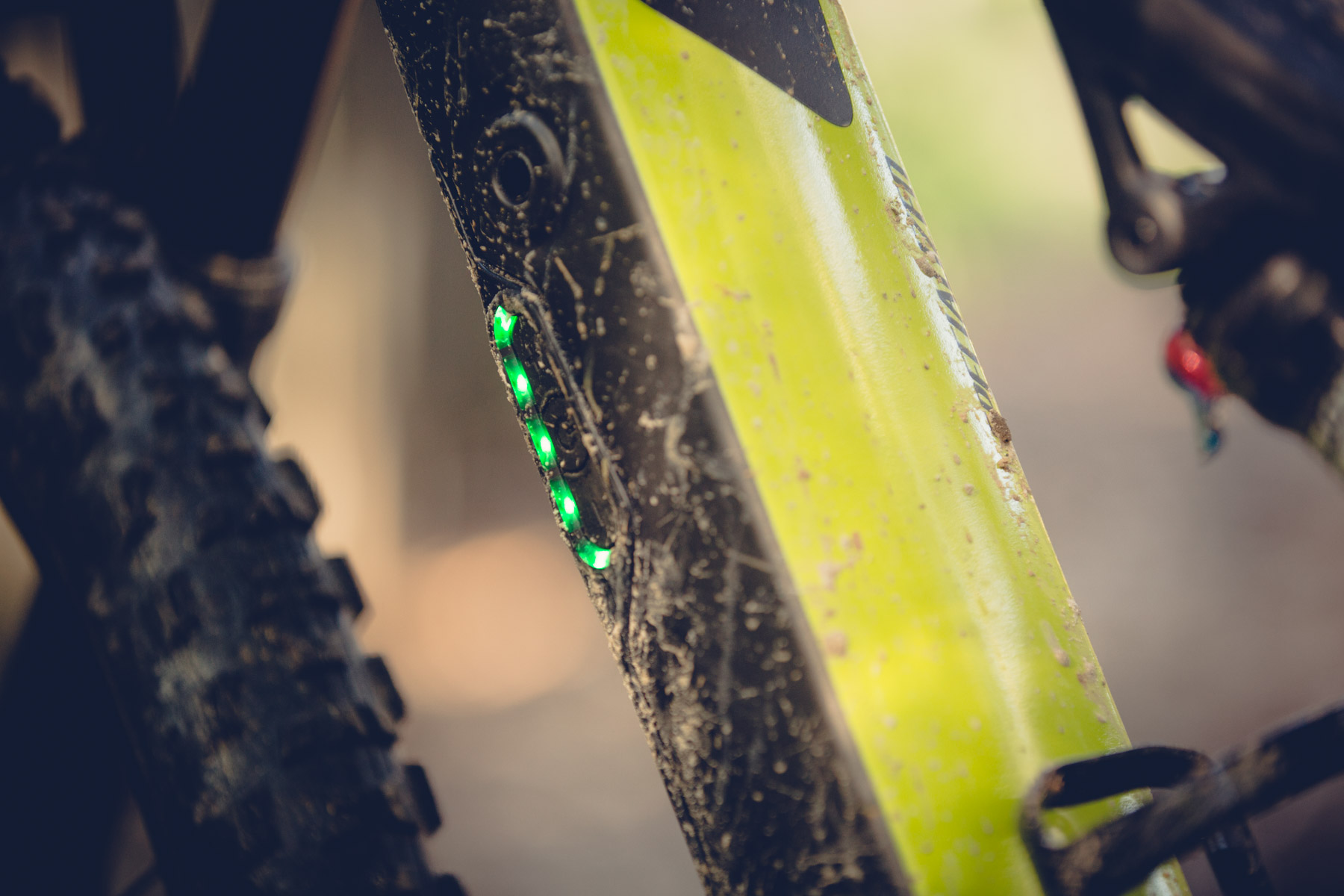
Are they more stable than a regular bike?
YES. The extra weight, and its location low in the frame, makes the Levo very stable. Compared to a regular bike, it feels much more ‘moto-esque’ in terms of how it holds its line. As a bit of an aside, this highlighted to us how good the suspension and tyres are too. The extra weight makes them work overtime.
Do they descend faster than a regular bike?
NO. We don’t think so. Perhaps the extra weight and stability that comes with it allows you to carry more momentum, but that’s not a big impact. In general, your ability to descend quickly is limited by your skills or the trail/terrain, and the pedal assist doesn’t change that.
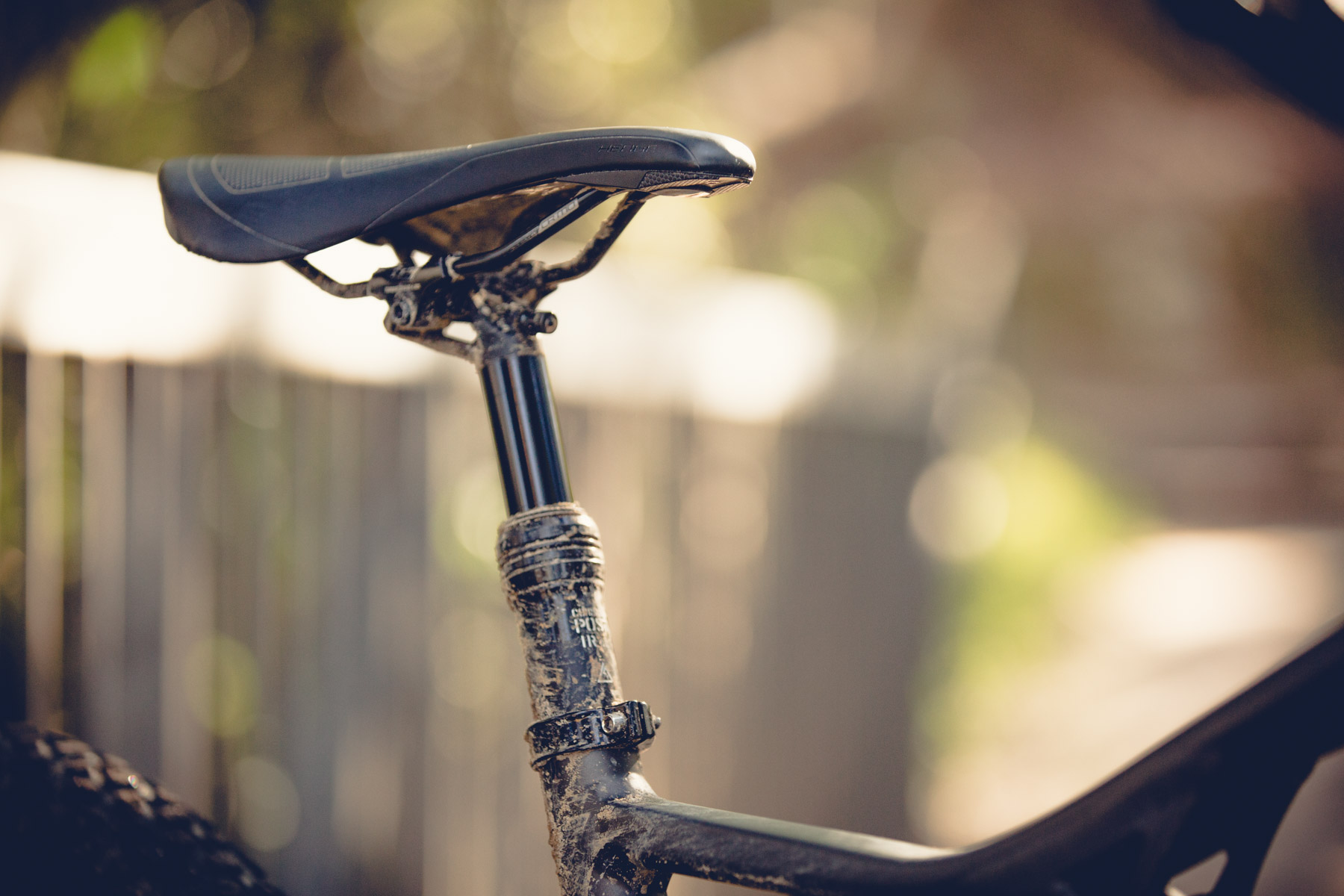
Do you set them up like a regular bike?
YES and NO. In terms of suspension and tyre setup, we added a little extra pressure to handle the extra weight, but that was it. Where our setup was different was our seat height. Our bike was equipped with a dropper post, but for much of the ride, we kept the seat lowered most of the way down. The pedal assist means there’s less need to have the seat at full height to get maximum efficiency, so you can run it low and enjoy the lower centre of gravity and only pop it up when you want to stretch your legs on a climb or smooth section.
You can obviously turn the power down, but let’s get real here, most people are going to always opt for maximum assistance.
Is the drivetrain able to handle all that power?
KIND OF. Shifting gears under any kind of power is a bit frightening at first – they CLANG into place with all the load on the chain. You quickly learn not to shift under load. We had one derailleur destroyed in our group (due to a stick) but we almost ripped our derailleur off too after dropping the chain twice. Because of the load the drivetrain is under, it seems that when things do go wrong, they do so quickly and comprehensively. You seem to lose that split second window to lock the rear wheel and avoid ripping your mech off, so keeping it all in good working order will be key.

We can envisage the development of more e-bike specific drivetrains. SRAM have announced EX1 recently, catering for the unique demands of e-bikes. With specific brakes to deal with the weight of the bike, and a drivetrain that can handle the changing of gears under the increased power.
Does your heart rate get up?
YES. But not a lot. We were riding on bikes in full-blown Turbo mode, so they give you maximum assistance. Only on a couple of occasions did we feel like we were really exerting ourselves. In twisty, technical terrain the weight of the bike makes you work a bit, throwing it about, but on the whole you burn a lot less energy.
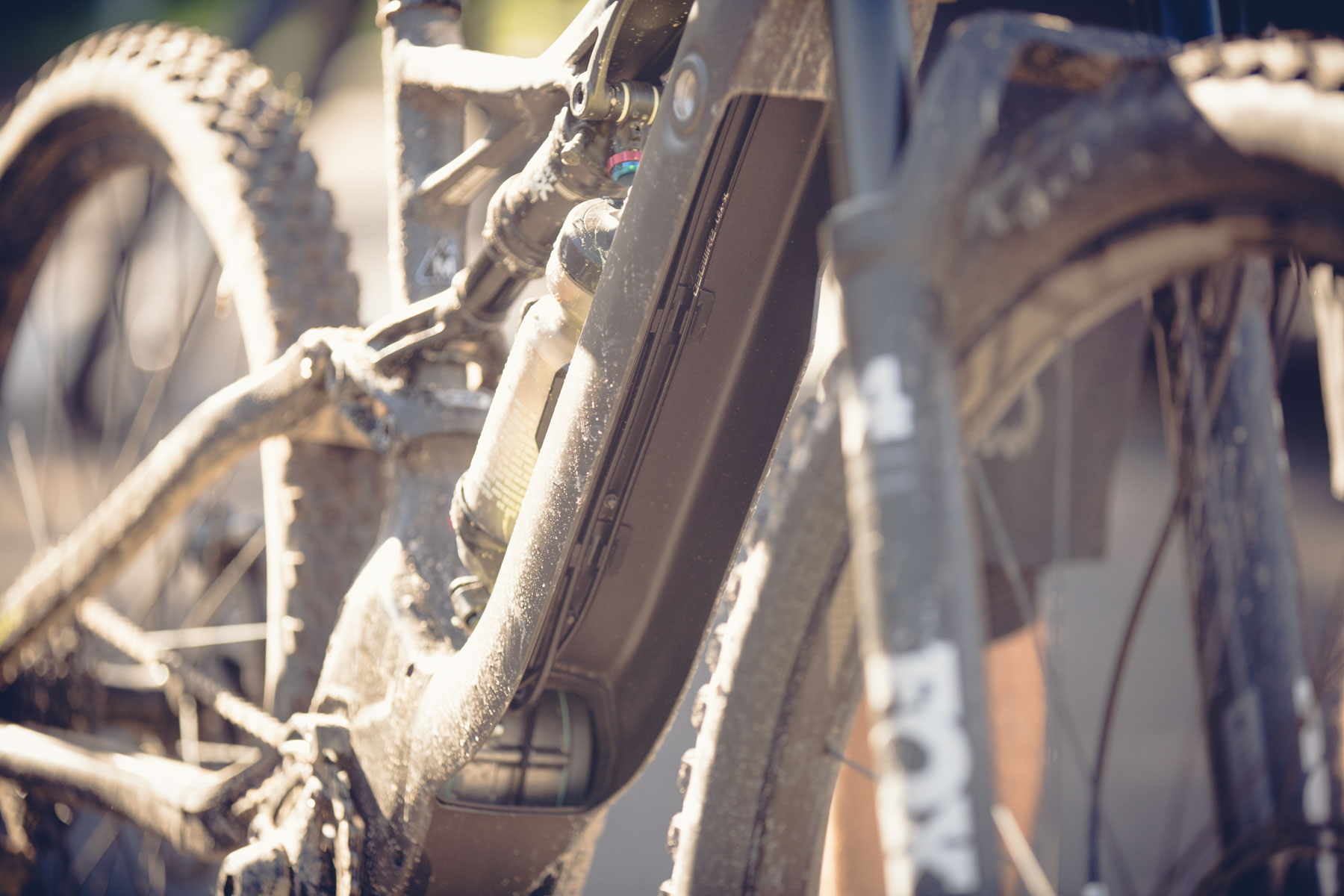
You can obviously turn the power down, but let’s get real here, most people are going to always opt for maximum assistance, unless they have a really long ride planned and need more battery life.
Does it climb anything like a normal mountain bike?
NO. The technique we found ourselves using to climb on the Levo was very different. You tend to stay in the saddle a lot more and keep pedalling a light gear – you don’t need to get up and crank out of the saddle, pulling on the bars. This means there’s a lot of grip on the rear wheel too, as it’s always weighted.
You also don’t need to plan ahead in the same way. So much of technical climbing is about maintaining momentum, and that ceases to be an issue, as you can regain lost speed so easily.
There’s no denying that much of the skill associated with climbing goes out the window.
Does it take the skill out of mountain biking?
YES and NO. On the climbs, 100%. There’s no denying that much of the skill associated with climbing goes out the window – you don’t need to be able to finesse your way up a climb, balancing grip and pedalling forces. You can just stay seated or just out of the saddle, and keep clawing up on the Levo.
In all other areas, no, you still need to be a skilful rider to go fast. It won’t make you corner like Sam Hill on cut spikes, even if it will give you legs like Nino.
Is the power hard to control?
KIND OF. We think that you’d adapt quickly, but during our brief outing we found slow speed riding a bit awkward, partly because any input on the pedals results in acceleration, even a light touch. This lead to some silly crashes, where we’d get off line and in trying to pedal our way out of trouble end up accelerating into the scrub. Reducing the motor’s sensitivity is possible, but we didn’t have time to do so.
An e-bike kind of distorts that picture, like one of those wonky mirrors that make it look like you’ve got huge muscly legs.

Is it a mountain bike?
KIND OF. In some ways, we found the experience was just like riding a regular mountain bike, especially on the descents, it feels just like a slightly heavier version of what we’re all used to. In the singletrack too, it feels relatively familiar, the big exception being the acceleration and general momentum. It still corners and basically behaves like a mountain bike, we guess. But then we also were struck by just ‘moto-ish’ it all felt – the extra weight, the stability, the acceleration, the lower seat height.
Especially on the descents, it feels just like a slightly heavier version of what we’re all used to.
Obviously on the climbs, the experience is far removed from that of riding a normal bike. That goes without saying.
The thing that’s harder to quantify for us, is that it doesn’t feel ‘natural’, for want of a better word. Normally, you’re very in tune with a mountain bike. Despite all the tech that’s crammed into a mountain bike, it’s still all about you – there’s a direct relationship, you know what you’re capable of, and what you put into the pedals you get back out. An e-bike kind of distorts that picture, like one of those wonky mirrors that make it look like you’ve got huge muscly legs! What you put in isn’t what comes out.
In the singletrack too, it feels relatively familiar, the big exception being the acceleration and general momentum.
Will they be popular?
YES. That’s a no-brainer. Just like we’ve seen amongst commuter bike sales, e-bikes will start to take a larger and larger share of the market. Regardless of whether or not they’re allowed into trail centres or National Parks, they’re going to sell.
Our big hope with their arrival, is that rather than luring traditional mountain bikers away, e-bikes might convince some current moto riders to give it a crack and try e-bikes as something of a middle ground. We know we’d rather share the trails with e-bikes than motos, that’s for sure!